Home>Garden Essentials>What Greenery Is Good For Chain Link Fences
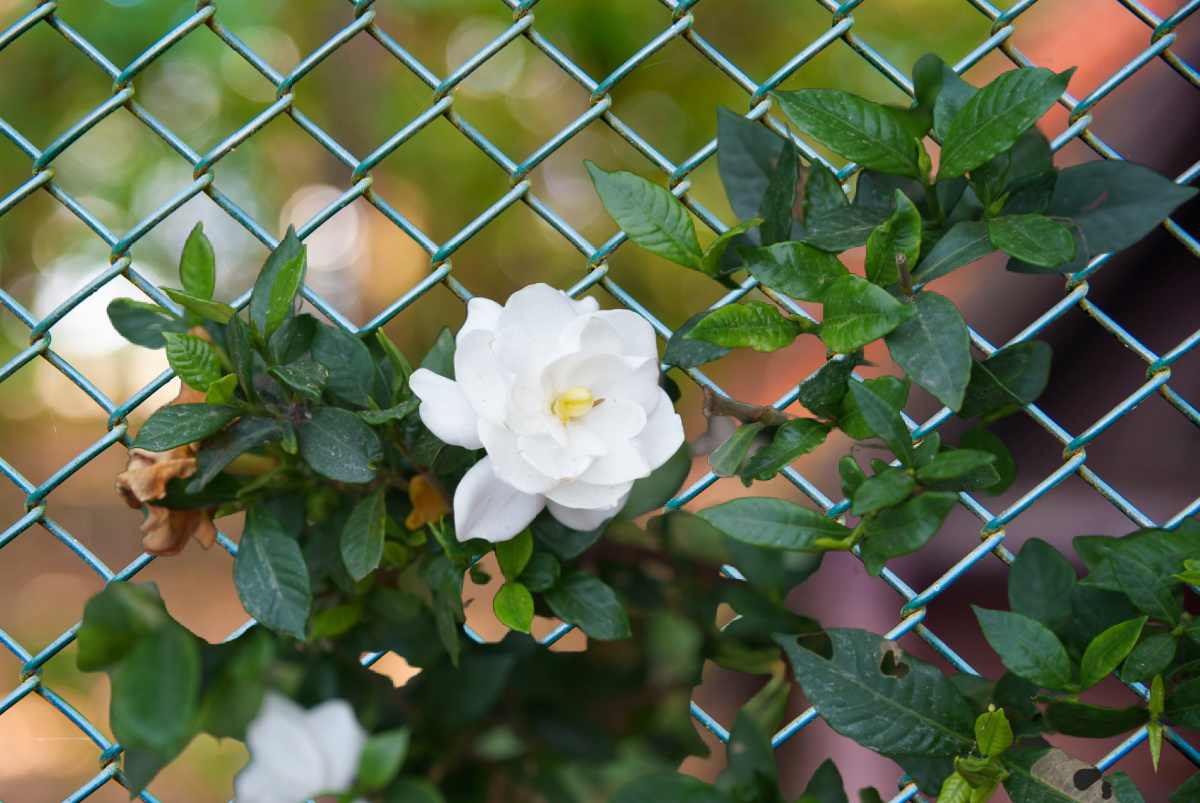

Garden Essentials
What Greenery Is Good For Chain Link Fences
Modified: September 1, 2024
Enhance your chain link fence with beautiful garden greenery. Discover the best plants and tips for adding a touch of nature to your outdoor space.
(Many of the links in this article redirect to a specific reviewed product. Your purchase of these products through affiliate links helps to generate commission for Storables.com, at no extra cost. Learn more)
Introduction
Chain link fences are a popular choice for both residential and commercial properties. They provide security, affordability, and durability. However, these fences can sometimes lack visual appeal and blend into the surroundings. One way to enhance the aesthetics of chain link fences is by adding greenery.
Greenery not only adds a touch of natural beauty to the fence but also offers various benefits. Whether you want to create privacy, reduce noise, or attract wildlife, incorporating greenery on your chain link fence can transform it from a functional barrier to a living, vibrant boundary.
In this article, we will explore the different types of greenery that are suitable for chain link fences, the factors to consider when choosing greenery, how to attach greenery to chain link fences, as well as maintenance tips and potential drawbacks to keep in mind. So, let’s dive in and discover the wonderful world of greenery on chain link fences!
Key Takeaways:
- Greenery on chain link fences offers privacy, noise reduction, and visual appeal. It attracts wildlife, contributes to a healthier environment, and regulates temperature, creating a vibrant and natural atmosphere.
- When adding greenery to chain link fences, consider climate, sunlight, and maintenance needs. Carefully select non-invasive plants, attach them securely, and maintain them regularly to enjoy the benefits while mitigating potential drawbacks.
Read more: What Is A Chain Link Fence Made Of
Benefits of Greenery on Chain Link Fences
Adding greenery to chain link fences offers a myriad of benefits that go beyond just improving aesthetics. Here are some key advantages:
- Improved Privacy: One of the primary benefits of adding greenery to chain link fences is increased privacy. By strategically placing climbing vines or tall shrubs along the fence line, you can create a natural barrier that shields your property from prying eyes.
- Noise Reduction: Greenery can also help in reducing noise pollution. The leaves and foliage of plants act as sound absorbers, effectively dampening outdoor noise and creating a more peaceful environment within your yard.
- Enhanced Visual Appeal: Plain chain link fences can be unattractive and lack character. Adding greenery transforms them into a visually appealing feature. Choose plants with vibrant flowers or foliage that complement the surrounding landscape to create a stunning backdrop for your property.
- Wildlife Attraction: Greenery on chain link fences can invite wildlife into your yard. Certain plants, like native flowering bushes and climbers, attract birds, butterflies, and other beneficial insects. This creates a harmonious ecosystem and adds an element of nature to your space.
- Environmental Benefits: Plants on chain link fences contribute to a healthier environment. They help to filter pollutants from the air, reduce soil erosion, and provide shade. Additionally, incorporating greenery promotes biodiversity and supports local ecosystems.
- Temperature Regulation: By covering a chain link fence with greenery, you can create natural shade, which can help to regulate temperatures. This is especially beneficial during hot summer months, as it can lower the ambient temperature and make spending time outdoors more comfortable.
These are just a few of the many benefits that you can enjoy by adding greenery to your chain link fence. Not only does it improve the aesthetics, but it also enhances privacy, reduces noise, attracts wildlife, and contributes to a healthier and more eco-friendly environment.
Types of Greenery Suitable for Chain Link Fences
When it comes to choosing greenery for your chain link fence, there are various options available. The key is to select plants that are suitable for the fence’s environment. Here are some popular choices:
- Climbing Vines: Climbing vines are an excellent choice for adding vertical interest to your chain link fence. Some popular climbing vine options include Clematis, Honeysuckle, Jasmine, and Ivy. These vines can be trained to grow and spread along the fence, creating a lush and green backdrop.
- Hedge Plants: If you prefer a more structured and uniform look, consider planting hedge plants along your chain link fence. Boxwood, Privet, and Photinia are popular choices for creating a dense and evergreen hedge that adds privacy and visual appeal to your fence.
- Flowering Shrubs: For a burst of color and fragrance, flowering shrubs are a great option. Choose shrubs that are suitable for your climate, such as Roses, Butterfly Bush, Lilacs, or Azaleas. These types of shrubs not only add beauty but can also attract pollinators and create a vibrant atmosphere.
- Perennial Flowers: If you’re looking for variety and seasonal blooms, consider planting perennial flowers. Choose flowers that are suitable for your region and fence location, such as Coneflowers, Black-eyed Susans, Daylilies, or Lavender. These flowers will return year after year, adding bursts of color and attracting butterflies and bees to your fence.
- Grasses and Ornamental Plants: Ornamental grasses such as Pampas Grass or Fountain Grass can provide a unique and textured look to your chain link fence. These grasses sway gracefully in the wind and create a sense of movement and elegance. Additionally, you can consider adding ornamental plants like Hostas or Ferns for a touch of greenery and texture.
When choosing the type of greenery for your chain link fence, it’s important to consider factors such as the amount of sunlight the fence receives, the local climate, and the desired maintenance level. Additionally, it’s a good idea to select plants that are non-invasive and won’t damage the fence or neighboring structures.
By carefully selecting the right type of greenery, you can transform your chain link fence into a lush and vibrant living boundary that enhances the beauty of your property.
Factors to Consider when Choosing Greenery
Choosing the right greenery for your chain link fence involves considering several important factors. Here are some key factors to keep in mind:
- Climate: The climate of your region plays a crucial role in determining the type of greenery that will thrive on your chain link fence. Consider the average temperature range, amount of rainfall, and the length of growing seasons in your area. Choose plants that are well-suited to your climate to ensure their survival and healthy growth.
- Sunlight Exposure: Assess the sunlight exposure along your fence line. Some plants require full sun, while others prefer partial shade. Determine how much sunlight your fence receives throughout the day to select plants that will thrive in those conditions.
- Soil Type: Take note of the soil type in your yard. Some plants prefer well-drained soil, while others can tolerate clay or sandy soil. Ensure that the greenery you choose is compatible with the soil type in your garden to promote healthy growth.
- Maintenance Level: Consider the amount of time and effort you’re willing to invest in maintaining your greenery. Some plants require regular pruning, fertilizing, or pest control, while others are low-maintenance and require minimal attention. Choose plants that align with your maintenance preferences and skills.
- Growing Space: Evaluate the available space along your chain link fence. Certain plants may require ample room to grow and spread, while others are better suited for smaller areas. Consider the height and width potential of the plants you select, ensuring they won’t overcrowd the fence or nearby structures.
- Invasive Species: Be cautious of selecting plants that are considered invasive in your region. Invasive species can quickly spread and cause harm to native plants and ecosystems. Choose greenery that is non-invasive to maintain the ecological balance in your area.
By considering these factors when choosing greenery for your chain link fence, you can ensure that the plants you select are well-suited to the environment and will thrive for years to come.
Consider planting fast-growing vines like honeysuckle or jasmine to cover chain link fences. These plants provide privacy, attract wildlife, and add beauty to your outdoor space.
How to Attach Greenery to Chain Link Fences
Attaching greenery to your chain link fence is a straightforward process. Here are some methods you can use to secure the plants:
- Wire Ties: Wire ties are one of the most common and effective methods for attaching greenery to chain link fences. Use plastic or metal wire ties to secure the stems or branches of the plants to the fence. Wrap the wire tie around the plant and the fence, making sure it is snug but not too tight to allow for growth.
- Trellis Panels: Another option is to install trellis panels along the chain link fence. These panels provide a sturdy and convenient framework for climbing plants. Attach the panels to the fence with ties or screws, and then encourage the greenery to climb and intertwine with the trellis for a beautiful effect.
- Planters or Pots: If you prefer a more portable option, you can use planters or pots to hold the greenery. Choose containers with hooks or brackets that can be easily attached to the fence. Fill the containers with soil and plant your desired greenery. Place the containers along the fence and secure them to prevent them from tipping over.
- Cable Ties or Zip Ties: Similar to wire ties, cable ties or zip ties can be used to attach greenery to chain link fences. These strong and durable ties can be looped around the plant stems and fence, creating a secure hold. Make sure to leave some room for growth and adjust the ties as needed.
- Chicken Wire: For tall and climbing plants, you can attach a layer of chicken wire to the chain link fence. Secure the wire to the fence using zip ties or wire, and then guide the plant stems through the gaps in the wire. As the plants grow, they will intertwine with the wire, providing additional support and stability.
When attaching greenery to your chain link fence, it’s important to do so gently to avoid damaging the plants. Avoid tying the plants too tightly or using materials that can cut into the stems. Regularly check and adjust the attachments as the plants grow to ensure they have enough space for healthy development.
By utilizing these methods to attach greenery to your chain link fence, you can create a lush and beautiful display that brings life and color to the space.
Read more: How To Stretch A Chain Link Fence
Maintenance Tips for Greenery on Chain Link Fences
Proper maintenance is essential for ensuring the health and longevity of the greenery on your chain link fence. Here are some maintenance tips to keep in mind:
- Watering: Regularly water your plants according to their specific needs. Monitor the moisture levels in the soil and adjust your watering schedule accordingly. Be mindful not to overwater, as this can lead to root rot. Also, consider adding a drip irrigation system or soaker hoses along the fence for efficient and targeted watering.
- Pruning: Prune your plants as needed to maintain their shape and prevent overgrowth. Remove dead or damaged branches to promote healthy growth and prevent disease. Pruning also helps to control the size of the plants and prevents them from engulfing the fence or nearby structures.
- Weeding: Regularly weed the area around the base of your greenery to prevent unwanted plants from competing for nutrients and space. Remove any invasive species or grasses that may hinder the growth of your desired plants.
- Fertilizing: Apply a balanced fertilizer to provide nutrients to your greenery. Follow the recommended dosage and frequency based on the specific plants you have chosen. This helps to ensure healthy growth and vibrant foliage.
- Pest Control: Monitor your plants for pests and take appropriate measures to control them. Inspect your greenery regularly for signs of insect infestations or diseases. Treat affected plants with organic or chemical pest control methods, depending on your preference and the severity of the issue.
- Maintaining Supports: Keep an eye on the attachments holding your greenery to the fence. Check wire ties, zip ties, or trellis panels for any signs of damage or loosening. Replace or tighten them as necessary to provide proper support and prevent damage to the plants.
- Seasonal Care: Adjust your maintenance routine based on the seasonal needs of your greenery. In colder months, protect delicate plants from frost by covering them or moving potted plants indoors. Mulch the base of your plants to insulate the roots during winter. During the growing season, provide additional support for heavy climbers or trim back excessive growth to maintain a tidy appearance.
By following these maintenance tips, you can ensure that your greenery on the chain link fence remains healthy, vibrant, and visually appealing throughout the year. Regular care and attention will result in a stunning display of natural beauty.
Potential Drawbacks of Greenery on Chain Link Fences
While adding greenery to your chain link fence has numerous benefits, it’s important to be aware of potential drawbacks as well. Here are some considerations to keep in mind:
- Extra Maintenance: Greenery on chain link fences may require additional maintenance compared to a plain fence. Regular pruning, watering, and fertilizing are necessary to ensure the health and appearance of the plants. If you’re not prepared to invest the time and effort into maintenance, greenery may not be the best option for your fence.
- Plant Growth: Some plants have vigorous growth habits and can quickly overrun a chain link fence if not properly maintained. Regular pruning and trimming are necessary to control the size of the plants and prevent them from overpowering the fence or encroaching onto neighboring properties.
- Boundary Expansion: Greenery on a chain link fence can create an illusion of expanded boundaries. This may attract attention from neighbors or even trespassers who unknowingly encroach onto your property. Clearly mark your property lines to avoid any potential conflicts or misunderstandings.
- Structural Damage: Depending on the type of greenery and how it is attached, there is a possibility of causing damage to the chain link fence. Plant roots and vines can grow into the fence and potentially weaken its structure. Ensure that the plants you choose are non-invasive and regularly inspect the fence for any signs of damage.
- Insect and Pest Attraction: Some greenery, particularly flowering plants, can attract insects like bees, wasps, or mosquitoes. While these insects play a crucial role in pollination, they may also pose a nuisance or safety concern, especially if you have allergies or sensitivities. Consider the potential increase in insect activity when selecting plant varieties.
- Allergies and Irritations: It’s important to note that certain greenery may cause allergies or skin irritations for some individuals. If you or anyone in your household has known allergies or sensitivities to specific plants, choose greenery that is less likely to cause allergic reactions.
By considering these potential drawbacks and taking necessary precautions, you can mitigate any issues associated with adding greenery to your chain link fence. Careful plant selection, regular maintenance, and clear boundaries will help ensure a positive and enjoyable experience with your greenery-covered fence.
Conclusion
Adding greenery to your chain link fence can transform it from a simple barrier into a living boundary that brings beauty, privacy, and environmental benefits to your space. By carefully selecting the right types of greenery, considering the climate and maintenance needs, you can create a stunning display that enhances the aesthetics of your fence and property.
The benefits of greenery on chain link fences are numerous. Not only does it improve privacy and reduce noise, but it also enhances visual appeal, attracts wildlife, and contributes to a healthier environment. By incorporating greenery, you can create a vibrant and natural atmosphere that brings beauty and tranquility to your outdoor space.
However, it’s important to consider certain factors and potential drawbacks. Regular maintenance, including watering, pruning, and pest control, is necessary to ensure the health and appearance of the plants. Additionally, it’s important to choose non-invasive plants that won’t damage the fence or neighboring structures.
By following proper techniques to attach the greenery, such as using wire ties, trellis panels, or planters, you can ensure the plants are securely and aesthetically attached to the fence. Regularly monitor the attachments and adjust them as needed to provide adequate support for the growing plants.
While there may be some drawbacks, such as extra maintenance, potential for plant overgrowth, and concerns with structural integrity, addressing these issues proactively can help mitigate any potential problems. Clear property boundaries, proper pruning, and careful plant selection will ensure a positive experience with your greenery-adorned chain link fence.
In conclusion, adding greenery to your chain link fence is a fantastic way to incorporate nature into your outdoor space. Enjoy the beauty, privacy, and environmental benefits that greenery provides, and take pride in the transformation of your fence into a living, vibrant boundary.
Frequently Asked Questions about What Greenery Is Good For Chain Link Fences
Was this page helpful?
At Storables.com, we guarantee accurate and reliable information. Our content, validated by Expert Board Contributors, is crafted following stringent Editorial Policies. We're committed to providing you with well-researched, expert-backed insights for all your informational needs.
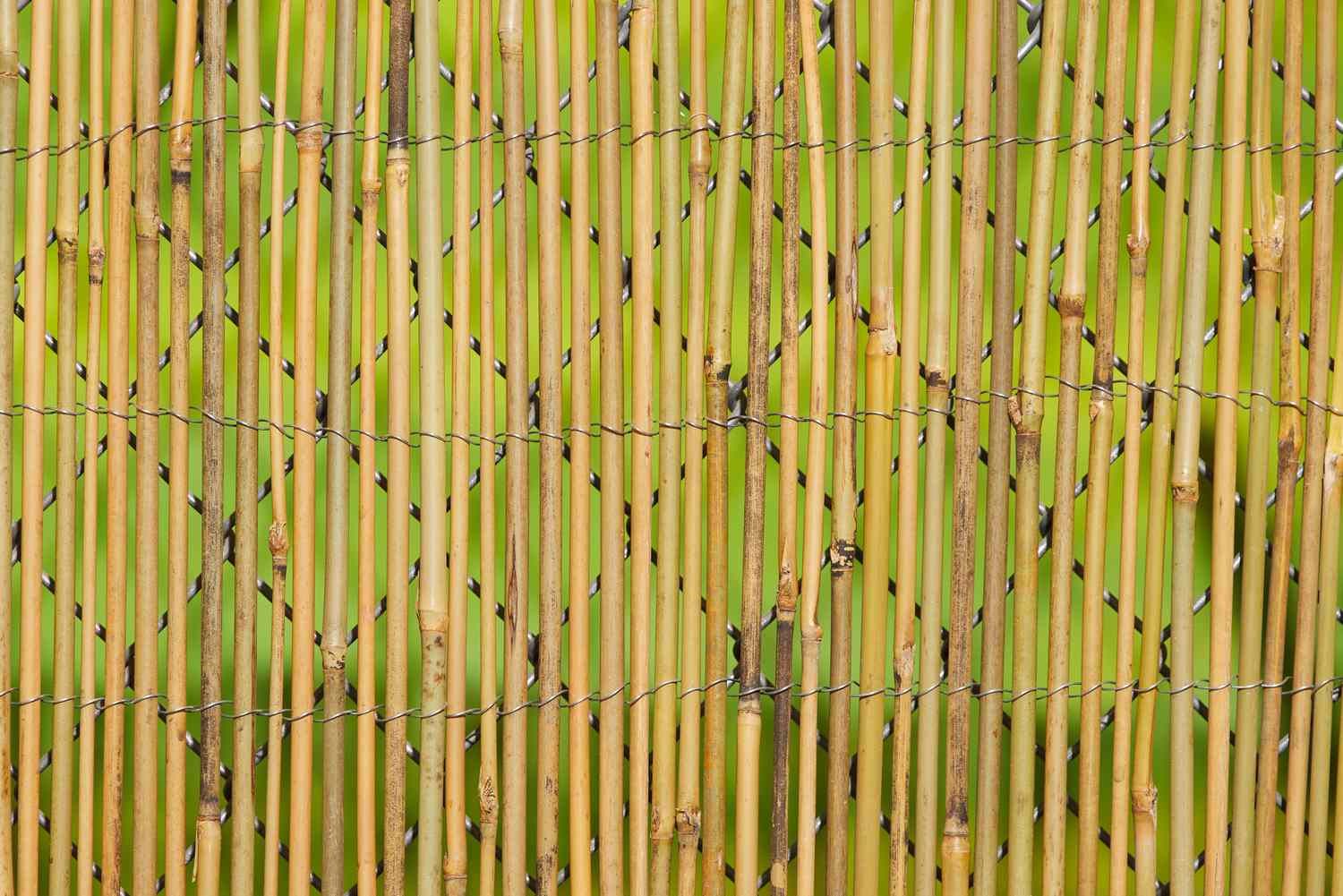
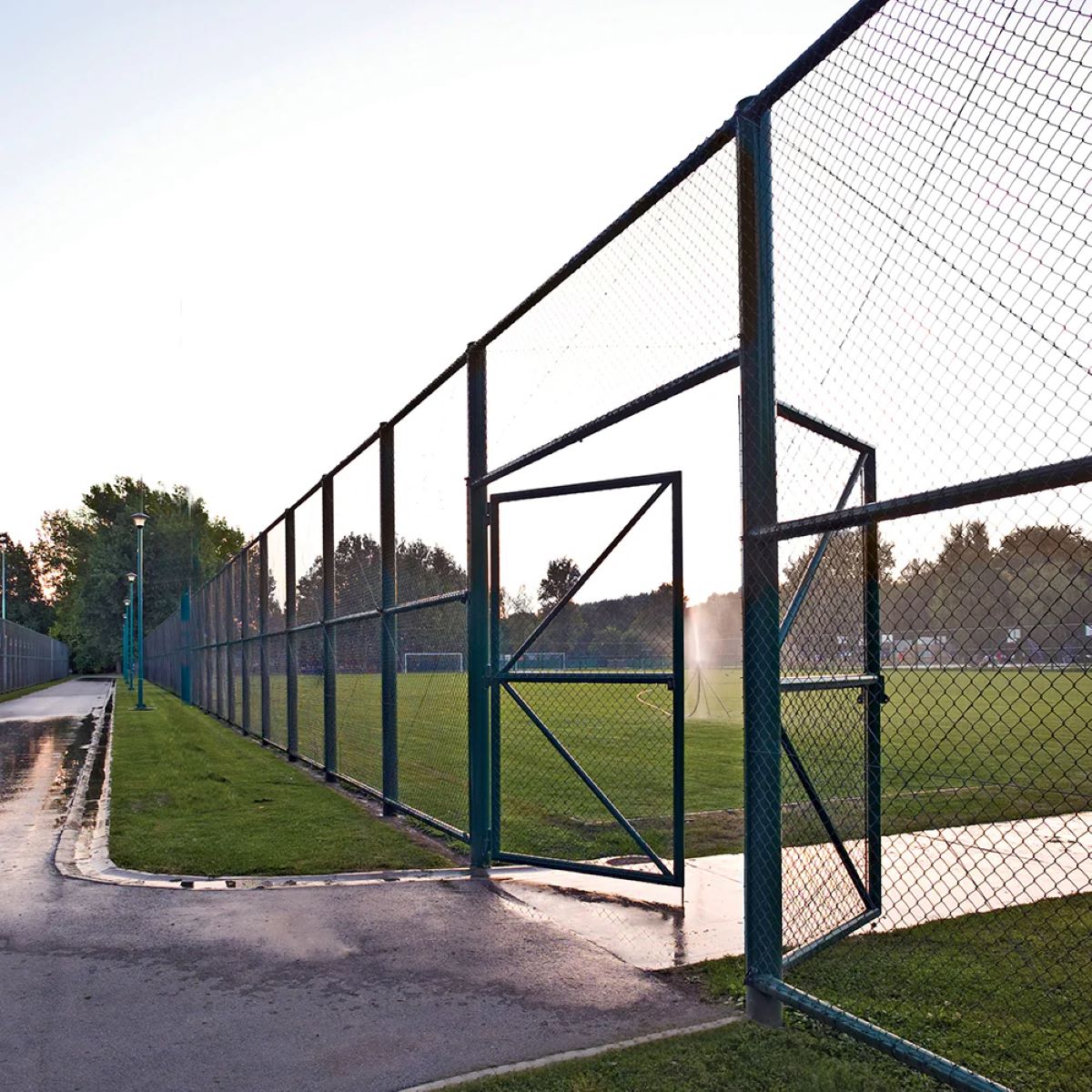
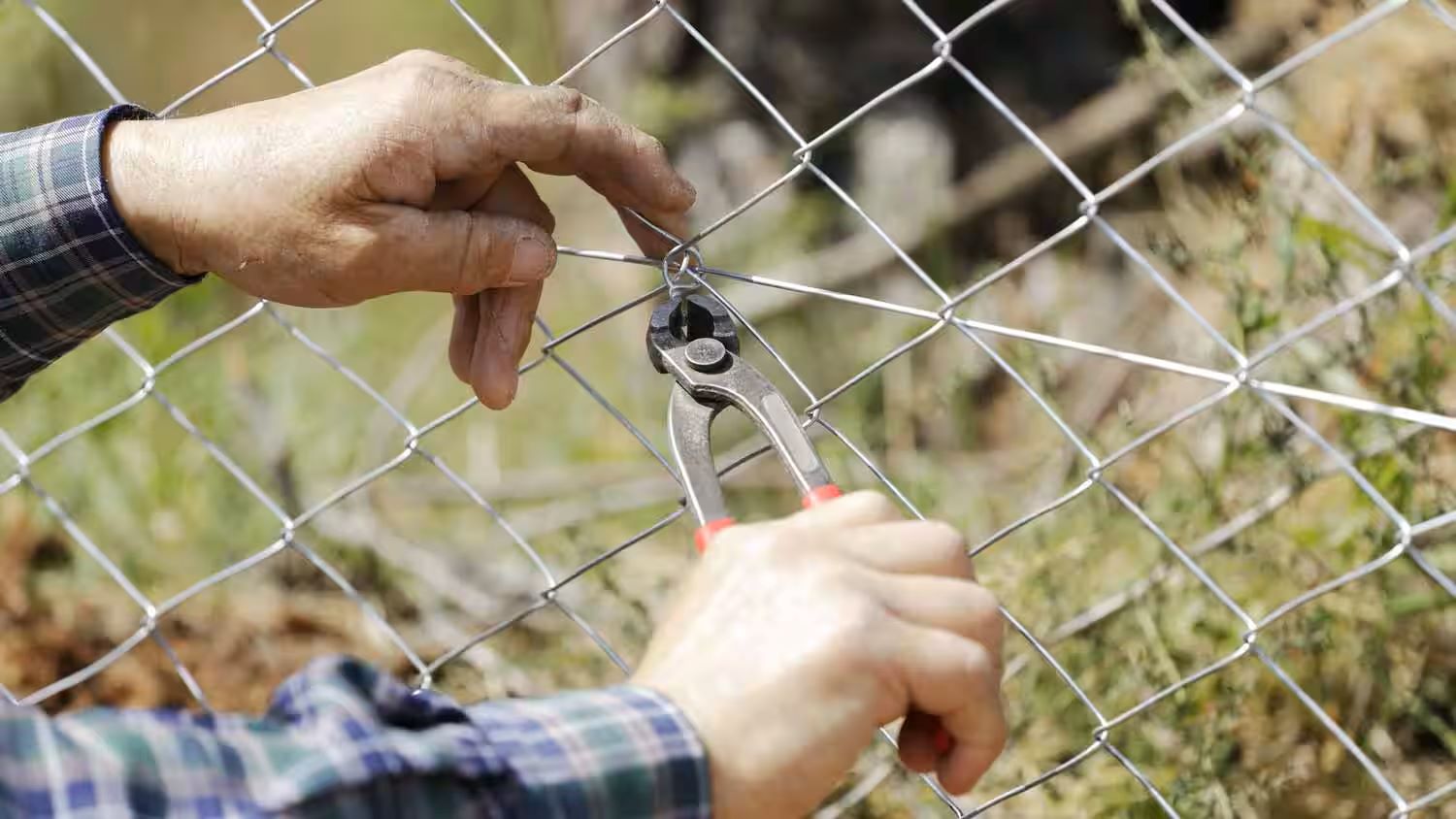
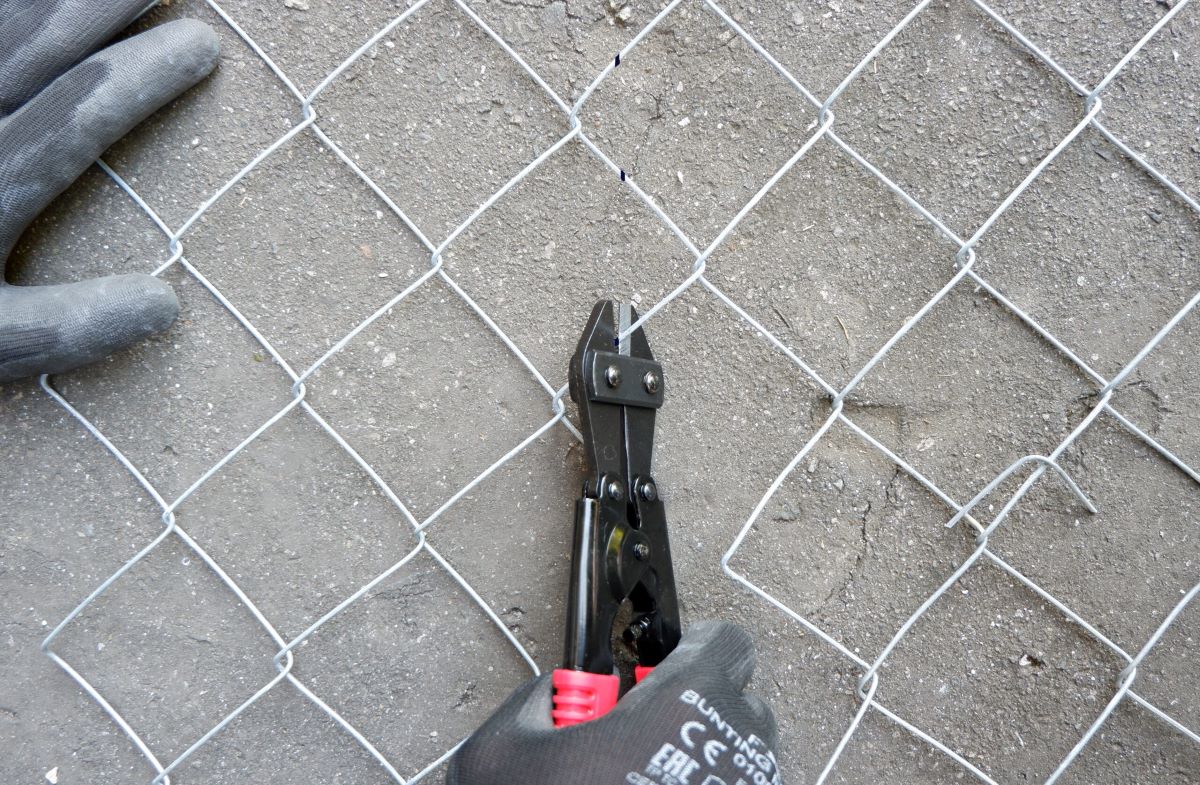



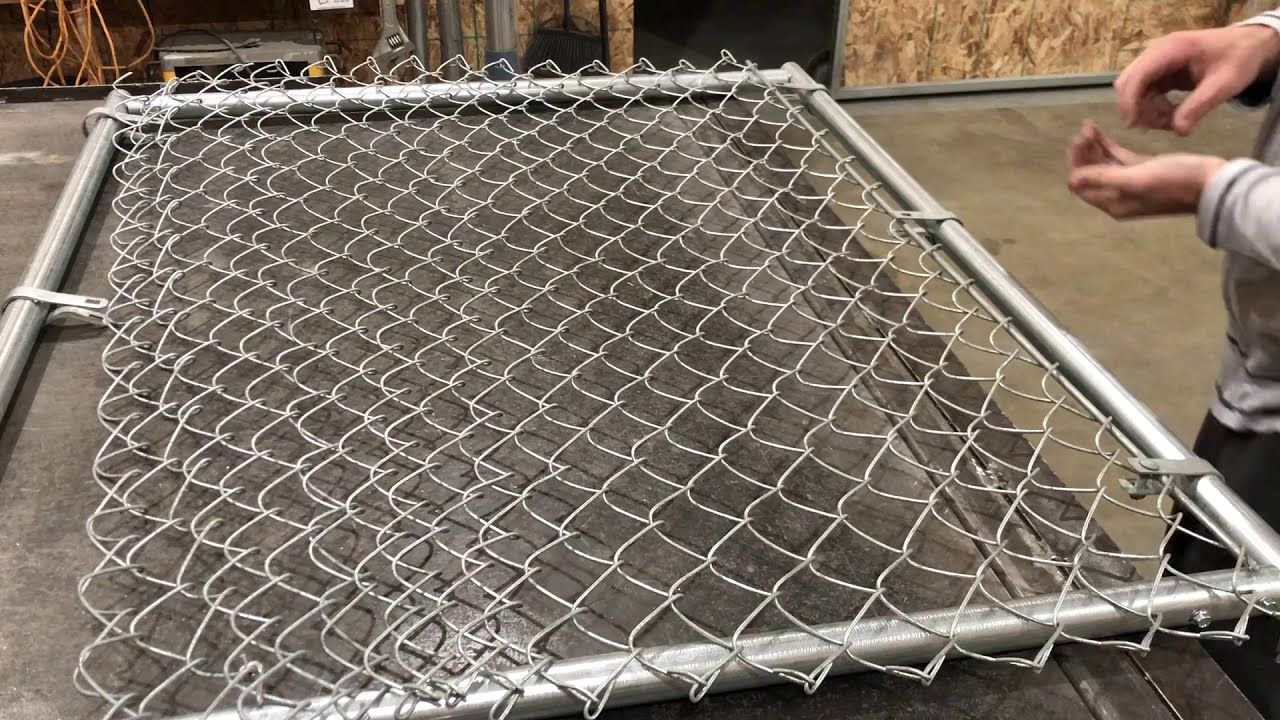
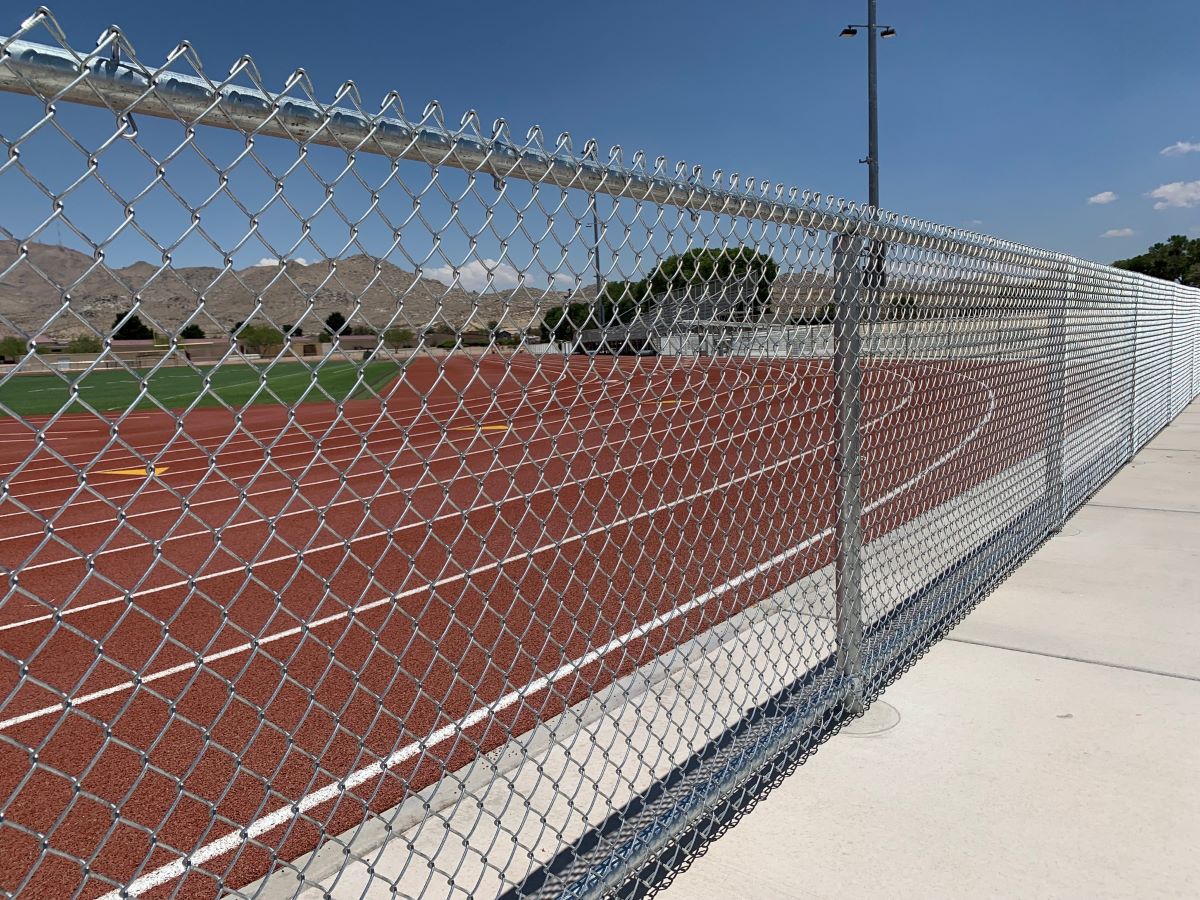
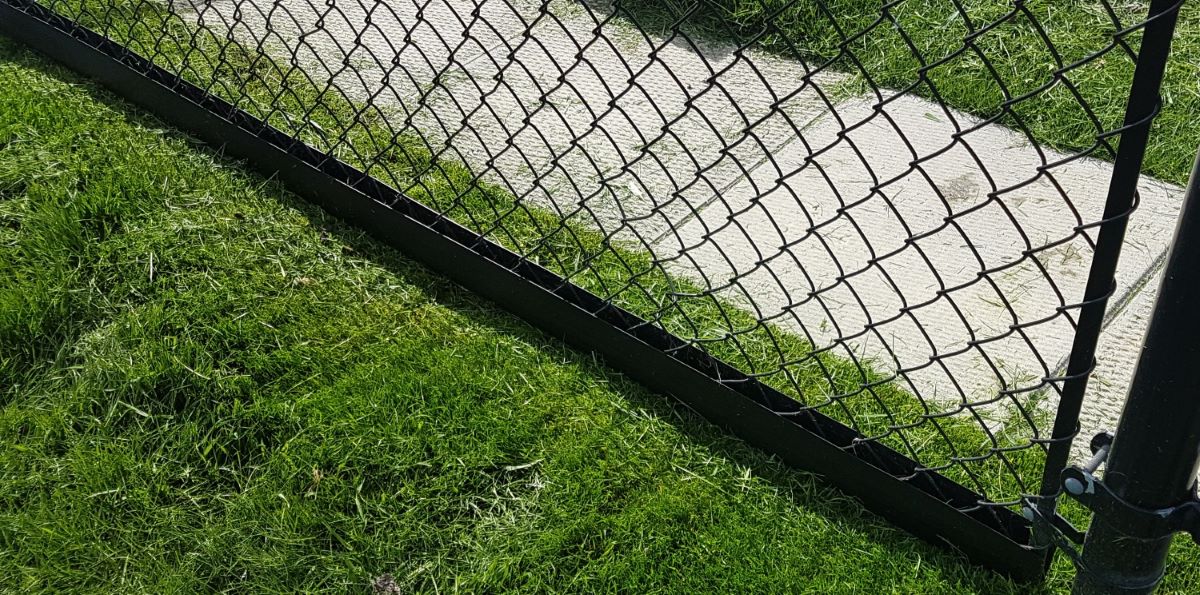
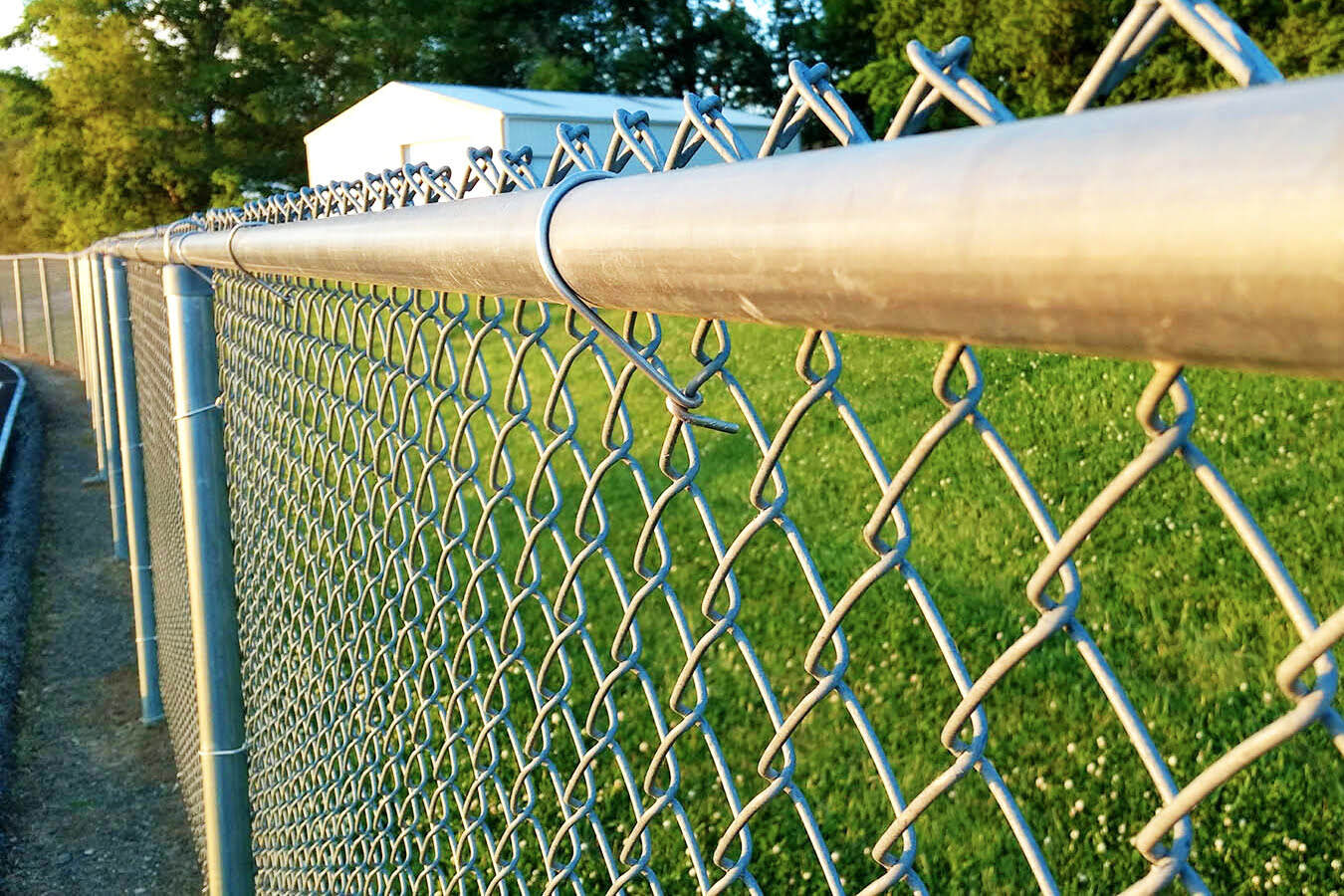
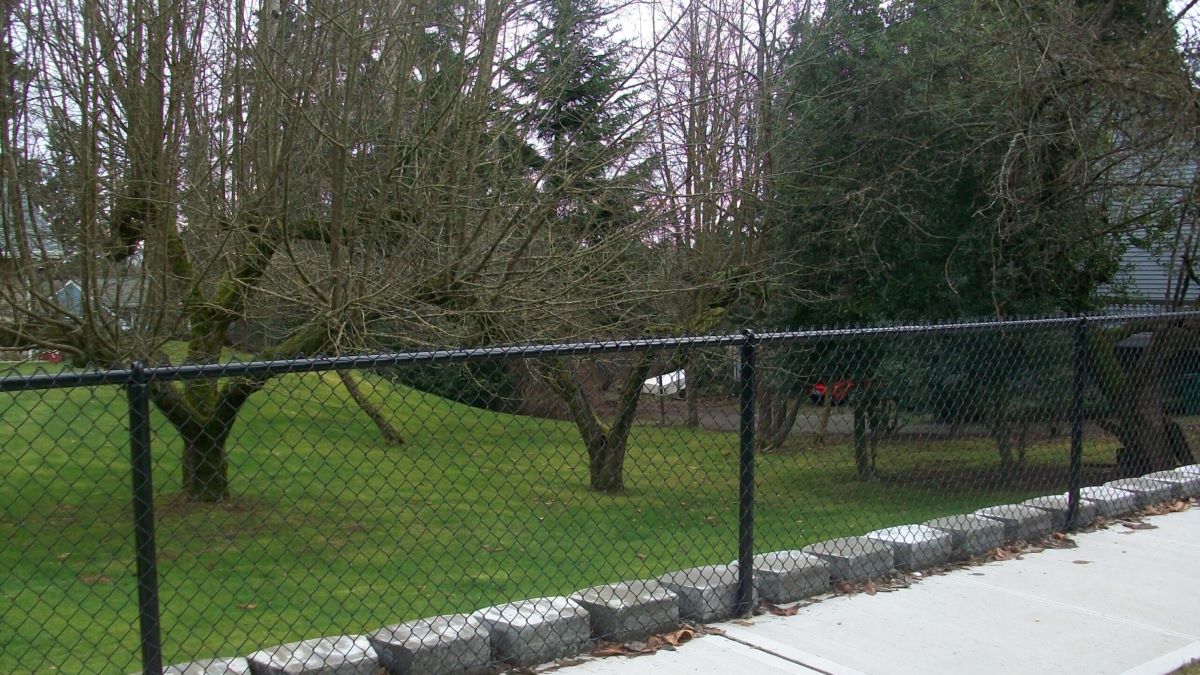
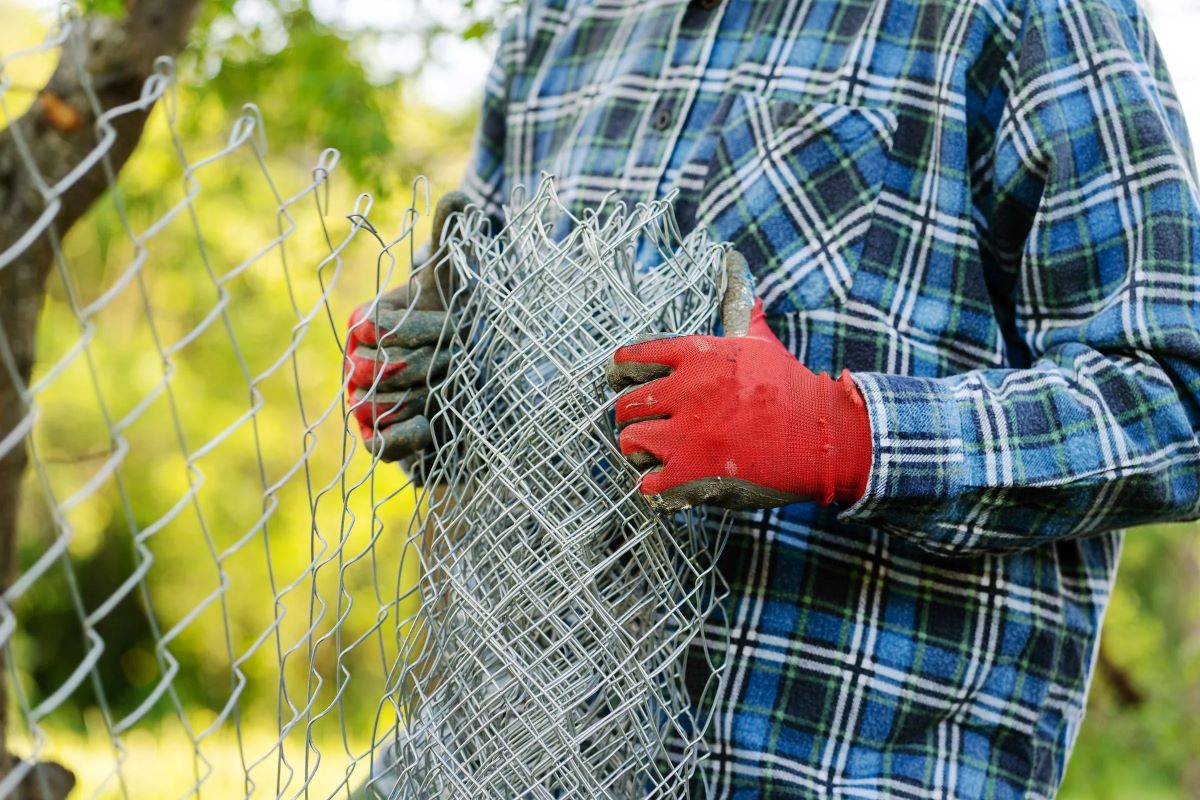
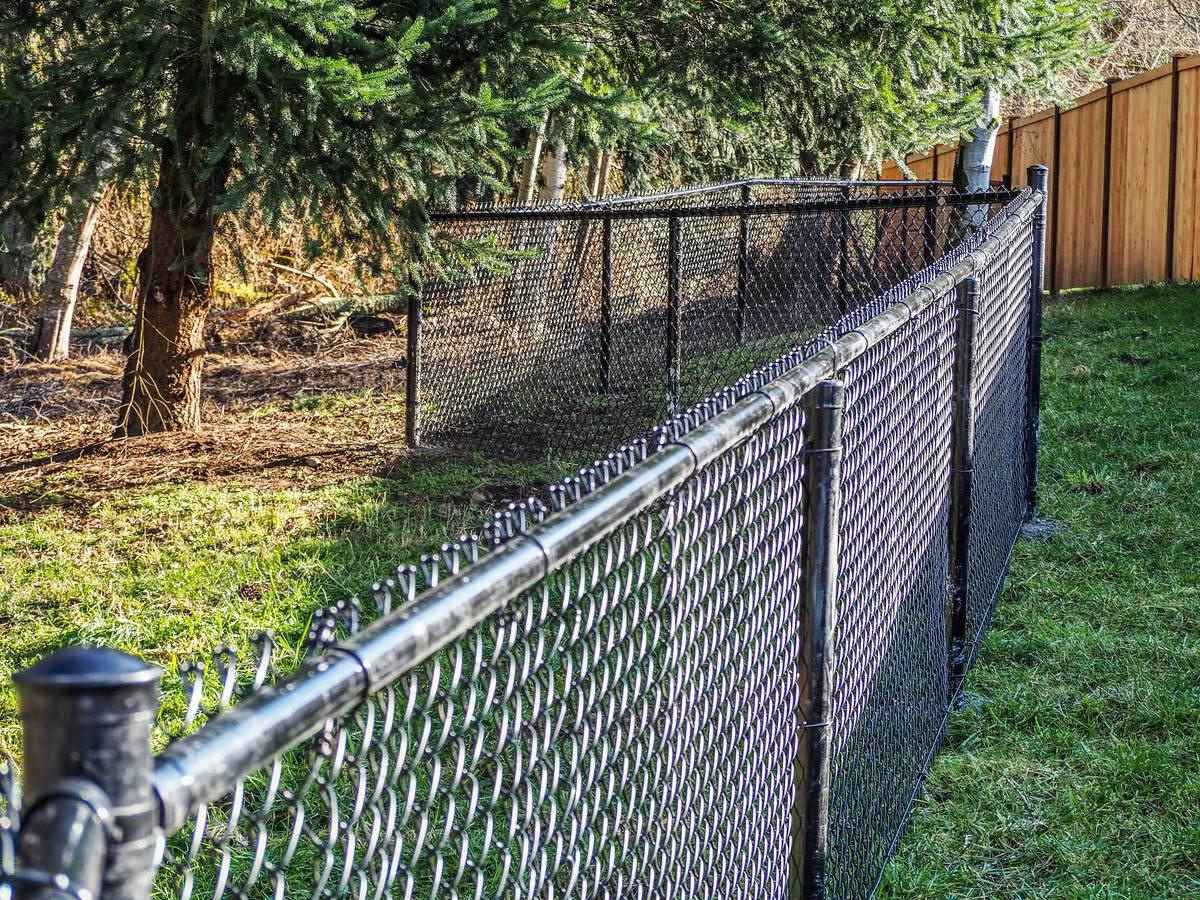

0 thoughts on “What Greenery Is Good For Chain Link Fences”